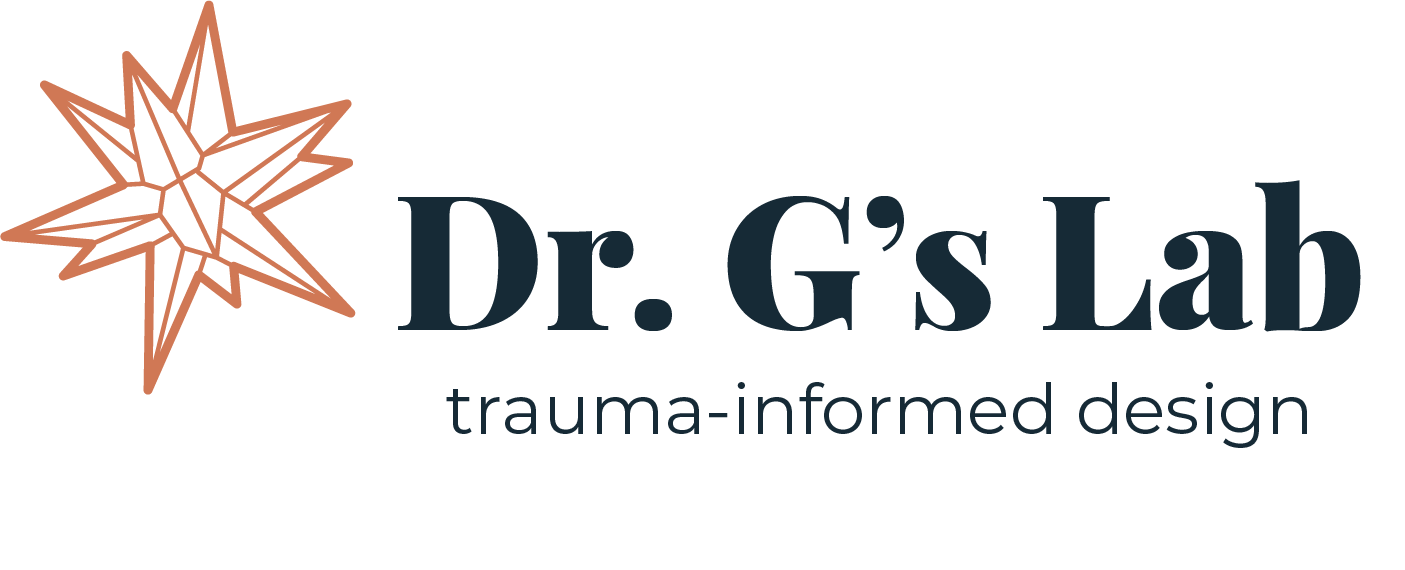Reflect, Set Goals, and Keep Your Portfolio Fresh: A Guide for New UXers
As we approach the end of the year, it's a perfect time for new UX designers to reflect on their growth, set new career goals, and ensure that their portfolios remain fresh and engaging.
Whether you’re just starting out or have been in the field for a while, intentional reflection and planning can significantly impact your career trajectory.
Reflecting on Your Growth
Review Your Journey: Take a moment to look back at where you started. Consider the projects you’ve worked on, the skills you've developed, and the feedback you've received. What were your key learning moments? Acknowledge both your successes and challenges, as each experience contributes to your growth.
Solicit Feedback: Reach out to mentors, colleagues, or peers and ask for feedback on your work and growth over the past year. Their perspectives can offer insights you might not have considered, helping you identify strengths and areas for improvement.
Identify Your Strengths: What are the key skills that you’ve honed? Whether it's user research, wireframing, or usability testing, pinpoint your strengths. This will not only boost your confidence but also help you articulate your value in future job applications.
Setting New Career Goals
Define Your Aspirations: Take time to think about where you want to be in the next year or two. Do you aspire to specialize in a specific area of UX, like interaction design or user research? Or do you want to take on leadership roles? Write down your career aspirations and be as specific as possible.
Break Down Goals: Transform your big aspirations into smaller, actionable goals. For example, if you want to improve your user research skills, set a goal to complete a specific course or conduct user interviews for a project within the next few months.
Create a Timeline: Establish a timeline for achieving your goals. This will help you stay accountable and focused. Regularly revisit your goals and adjust them as needed, based on your experiences and feedback.
Keeping Your Portfolio Fresh
Showcase Recent Work: Your portfolio should reflect your most recent projects and skills. Ensure that you’re including diverse projects that showcase different aspects of your UX expertise. Consider adding case studies that highlight your design process, the challenges you faced, and how you solved them.
Highlight the Process: Employers often look for insight into how you approach problems. Document your UX process—include research methods, design iterations, and user testing outcomes. This demonstrates your critical thinking and adaptability.
Stay Updated: UX is an ever-evolving field, and it's important to stay abreast of the latest trends and tools. Regularly update your portfolio with new projects or redesign existing ones based on your latest learnings.
Seek Opportunities for Collaboration: Collaborating with others can provide fresh perspectives and enrich your portfolio. Look for volunteer opportunities, internships, or projects where you can apply your skills while gaining new experiences.
Get Feedback on Your Portfolio: Just like your work, your portfolio can benefit from feedback. Share your portfolio with mentors or fellow UXers and ask for constructive criticism. Use their insights to make improvements.
As the year wraps up, take this opportunity to reflect on your growth, set clear and achievable goals, and keep your portfolio dynamic and relevant. Embrace the learning journey, and remember that every step you take contributes to your development as a UX professional. With intentional reflection and planning, you’ll be well on your way to reaching your career aspirations in the coming year!

